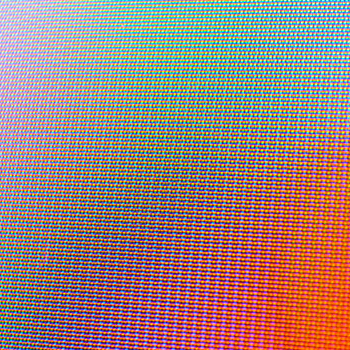How do you use the first and second derivatives to sketch f(x)=x^2/(x^2+5)?
2 Answers
See the explanation below
graph{x^2/(x^2+5) [-5, 5, -2.5, 2.5]}
Explanation:
First we note that, as
We also note that as the numerator and denominator only contain terms of even degree in
so the graph will be symmetric with respect to the
We then evaluate the behavior at the limits of the domain:
so on both sides the line
Now we calculate the first derivative using the quotient rule:
The only critical point is then
so
As the value of the minimum is
Calculating the second derivative:
The points of inflection are then the roots of:
to solve the inequation
(i) the denominator is always positive
(ii) the numerator
3x^2-5 is a second order polynomial with two roots, so it is negative in the interval between the roots and positive outside.(iii) the sign of
f''(x) is the opposite of the numerator's.
Then:
f(x) is concave down forx in (-oo, -sqrt(5/3))
f(x) is concave up forx in (-sqrt(5/3),sqrt(5/3))
f(x) is concave down forx in (sqrt(5/3),+oo)
A few additional graphing notes
Explanation:
In addition to the excellent answer that you see earlier in this thread, I would like to add a few (general) graphing tips.
Graphing techniques in Algebra provide an excellent idea of what the graph looks like. Calculus only provides specific details about relative extremes and concavity.
The graph of a rational function may change from increasing to decreasing (or vice-versa) only at a critical value -- a relative extreme, removable discontinuity, or vertical asymptote. You can already determine much of this information with algebra, but you will not know the locations of relative extremes (maxes or mins) without Calculus.
The graph of a rational function may change concavity only at an inflection point. You will not know these values without Calculus.


